Why do we even need fabrics on the street? In many cases, they are simply necessary and allow you to create a complete landscape design. Our tips site has collected and answered the most common questions about outdoor fabrics to make it easier for you to make choices and understand how they differ from ordinary fabrics..
- Where and how are outdoor fabrics used? Often, their functions are exclusively decorative. For example, a beautiful tablecloth for a table set right under a spreading tree. Or cushion covers for garden furniture. But more often textiles perform specific functions – curtains on the terrace, umbrellas against the sun, awnings, awnings and awnings over the recreation area create shade, protect from rain, hammocks – allow you to swing in the shade of trees. In addition, there is garden furniture with fabric seats and backs;
- What are the main differences between street fabrics and ordinary fabrics? Of course, in durability. They are not afraid of rain, sun rays, even the salty spray of the sea wave;
- It turns out that street fabrics do not fade at all? No, not really. Over time, in the bright sun, they will also burn out. Yes, for example, the most popular outdoor acrylic fabrics are dyed even before the thread was created. A colored pigment is poured into the liquid solution, and only then it becomes a fiber and is formed into yarn, woven into a fabric. This makes the color of acrylic textiles much more durable. But all the same, in the process of active use, the fabric will burn out! So be prepared for the fact that sooner or later you will have to replace, for example, the upholstery, cover and canopy of your garden swing, the choice of which the portal wrote in detail about;
- What are the most popular outdoor fabrics? Acrylic, the dyeing technology of which we wrote above. Acrylic fabrics are the lightest, softest, ideal choice for gazebo or terrace curtains, patio drapes, umbrellas. There are even more porous and softer versions of acrylic fabrics that are used to sew pillows and rugs for garden furniture. Acrylic-coated polyesters are used for sewing especially durable awnings. To make you appreciate their durability, we note that protective covers for cars and boats are sewn from this fabric. True, acrylic-coated polyesters are rough and not suitable for decoration. Synthetic fibers covered with vinyl are used for sewing garden furniture. This fabric is very durable and does not stretch under the weight of a seated person. Olefin is also commonly used for garden furniture – a man-made fiber that is smooth, durable, stain and moisture resistant. From natural fabrics, only canvas, a matting based on cotton and linen can be distinguished. Such natural textiles are also quite dense, durable, but they are afraid of mold and mildew;
- Outdoor fabrics come in a variety of colors and patterns, or do you have to settle for a small selection? Long gone are the days when street fabrics looked like dull tarp! Today the choice of colors and textures is very large, and velvety acrylic fabrics are difficult to distinguish from natural ones. True, there is a minus – the brighter the fabric, the faster it will burn out under the influence of ultraviolet radiation. Therefore, quite often the owners choose, for example, curtains for terraces and gazebos in neutral tones, which will last longer;
- How to care for outdoor fabrics? Exactly the same as for the usual. Soft acrylic curtains and awnings for terraces and gazebos can be machine washed and ironed. And durable fabrics used for the upholstery and seats of garden furniture – wipe with a soft sponge and soapy water to clean up stains and remove dust. The soap and powder are then washed off, using a hose. Before storing your garden furniture for winter storage, wash and dry thoroughly;
- Can you use outdoor fabrics, Outdoor, inside the house? Why not! Although they are mostly man-made, these fabrics meet the requirements of environmental safety. From acrylic fabrics, for example, it is quite possible to sew curtains in the kitchen or in the hallway – they will serve for a long time, it will be easy to care for;
- What should I be guided by when choosing fabrics for outdoor use? Of course, their properties, because different types of textiles are used for curtains, awnings, seats of upholstered furniture, we already wrote about this above. As for the decorative effect, here it is as with the choice of textiles for the kitchen. You need a sense of style and good taste. Outdoor fabrics should meet the general concept of site design, complement the landscape design.
The choice of textiles for the street in questions and answers
This post examines the various factors to consider when choosing textiles for streets. Different types of textiles, such as asphalt, porous concrete, or gravel, each have distinct qualities that could be beneficial depending on the geography, climate, traffic, funding, and desired longevity of the project. Asphalt is the most popular choice due to its affordability, durability, and power to bear heavy loads of traffic. However, porous concrete might be suitable for areas with heavy rainfall or flooding, and gravel is a more affordable option. All options should be carefully evaluated and considered when choosing the best textiles for the job.
Improvement of the territory


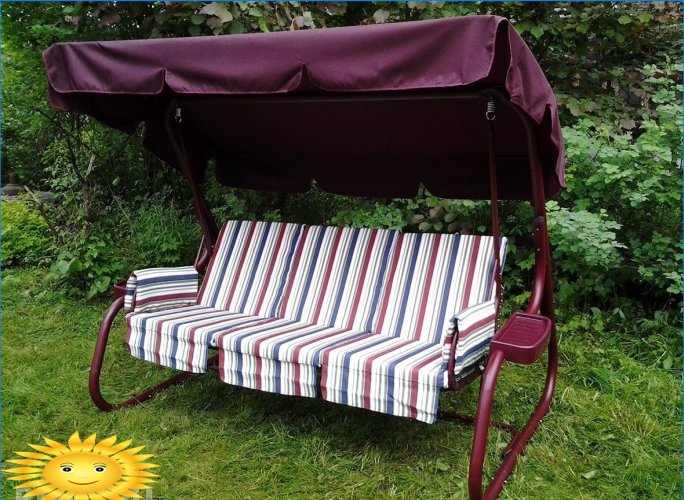
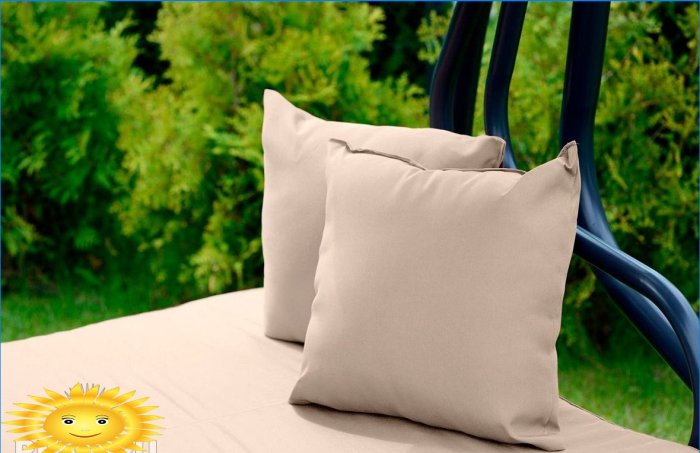
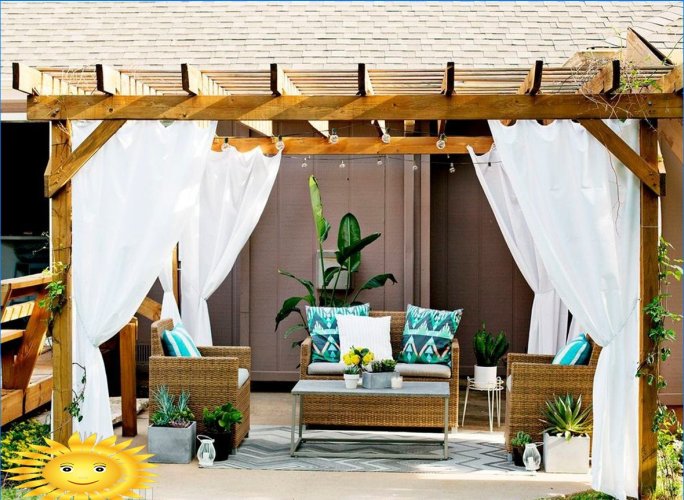
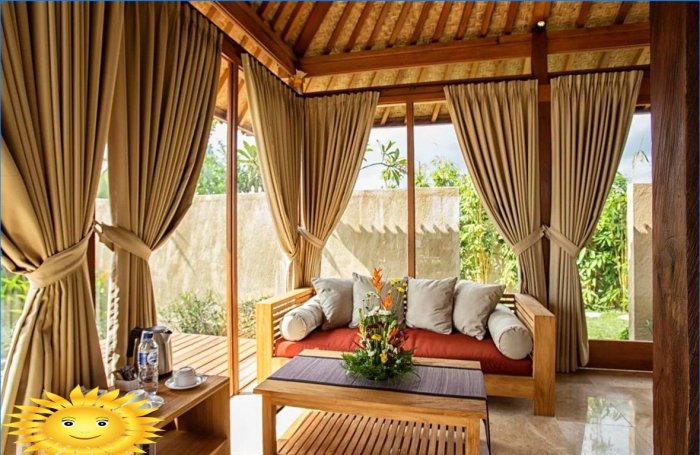
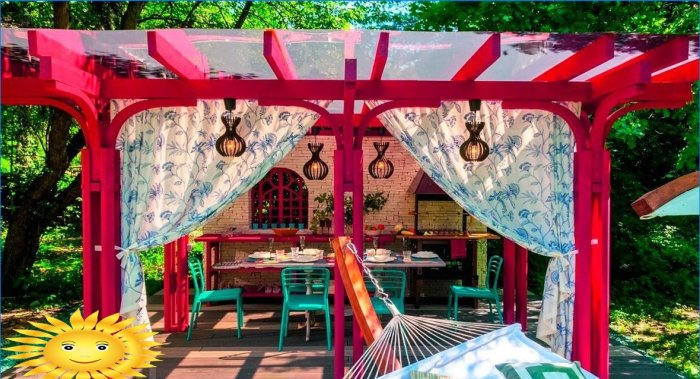
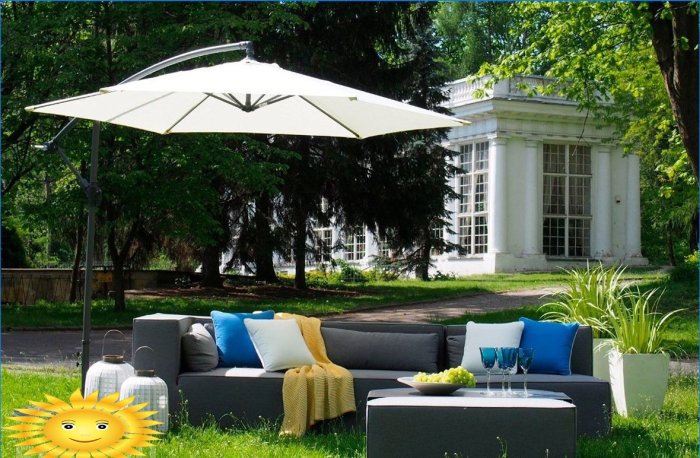
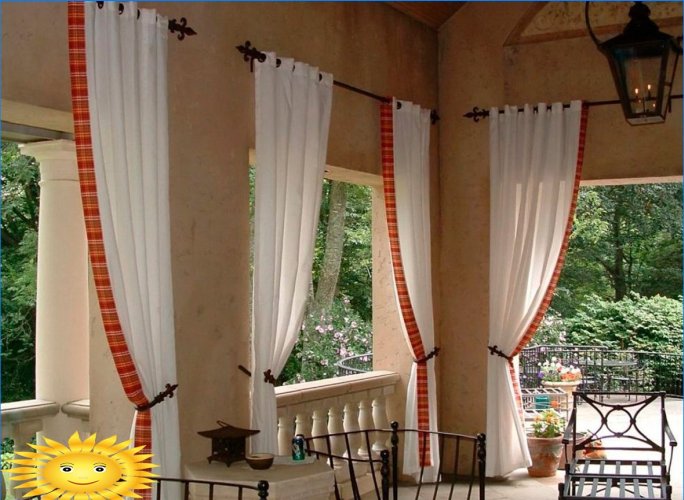
What are the key factors to consider when selecting textiles for streetwear?